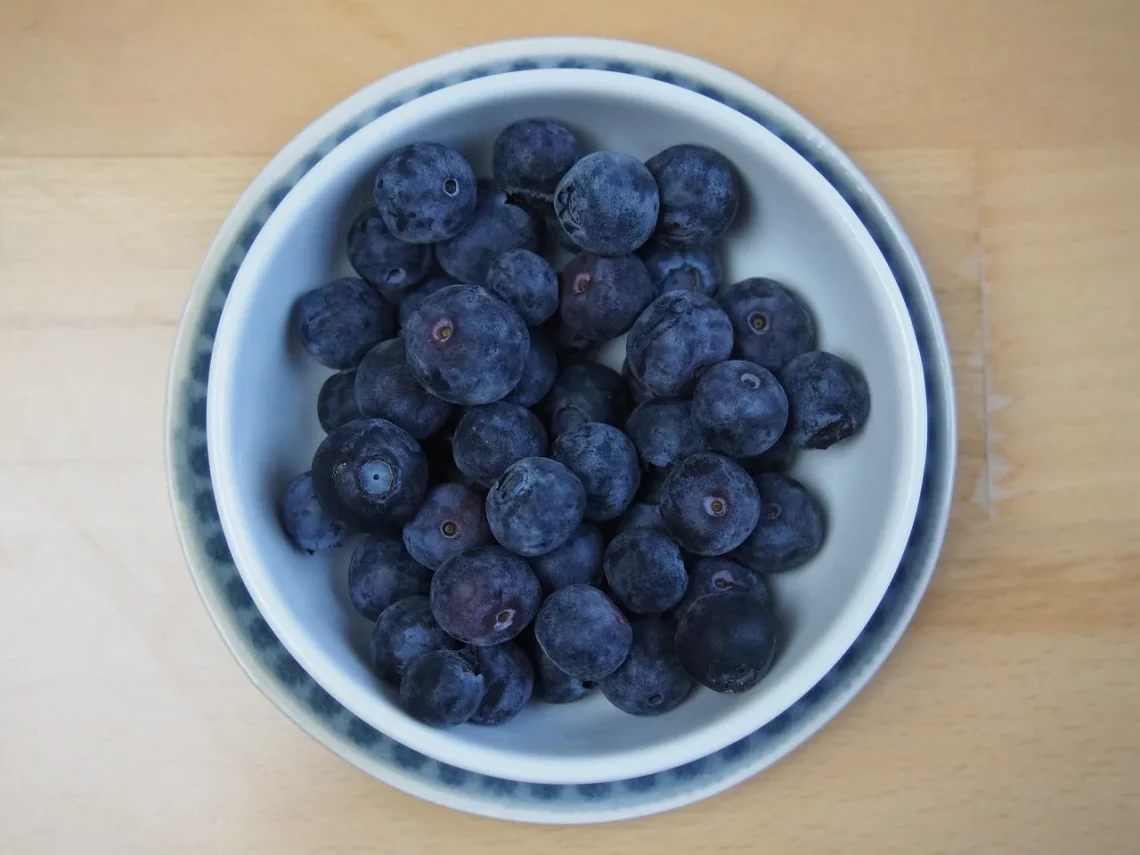
Understanding Bull Snot: Myths and Facts About This Unique Substance
Understanding the unique substance known as Bull Snot is essential for anyone interested in the complexities of animal biology and the peculiarities of nature. This viscous material, often associated with bovine species, has intrigued farmers, scientists, and curious minds alike. Bull Snot is not just a casual term; it carries with it a variety of implications about animal health, environmental conditions, and even agricultural practices.
The term may evoke a sense of disgust or curiosity, yet it is a natural occurrence that plays a significant role in the life of animals, particularly cattle. This substance serves various functions, including protection and hydration, as well as being a subject of folklore and myth. Understanding the facts and myths surrounding Bull Snot can shed light on the broader context of animal care and environmental stewardship.
As we delve deeper, it becomes evident that Bull Snot is more than just a humorous term; it is a reflection of the intricate relationships between animals and their environments. By dispelling myths and highlighting the truths about this unique substance, we can foster a better understanding of animal biology and the importance of maintaining healthy ecosystems.
The Biological Role of Mucus in Animals
Mucus, including what is referred to as Bull Snot, is a vital biological substance that plays numerous roles across different species. In mammals, mucus serves as a protective barrier, ensuring that delicate tissues remain moist and free from pathogens. In cattle, this substance is particularly important for maintaining respiratory health, as the mucus traps dust, bacteria, and allergens that may enter the respiratory tract.
One of the primary components of mucus is mucin, a glycoprotein that gives mucus its viscous texture. This composition allows the mucus to act as a lubricant, facilitating various bodily functions. In the case of cattle, mucus in the nasal passages helps to humidify the air they breathe, which is crucial for their respiratory function. Without adequate mucus production, cattle may experience respiratory distress, leading to more severe health issues.
Mucus also plays a role in digestion. In the gastrointestinal tract, mucus protects the lining from the harsh effects of stomach acids and digestive enzymes. This protective layer is essential for maintaining gut health and preventing conditions such as ulcers. For farmers and livestock handlers, understanding the importance of mucus can lead to better animal care practices and improved overall health for their herds.
Additionally, mucus acts as a first line of defense in the immune system. It contains antibodies and enzymes that help neutralize pathogens, thus playing a crucial role in the animal’s ability to fend off infections. This immune function is particularly vital for young animals that are still developing their immune systems.
In summary, Bull Snot, or the mucus in cattle, is far from a trivial substance. Its biological roles encompass protection, lubrication, and immune defense, making it essential for the health and well-being of bovine species.
Common Myths About Bull Snot
When it comes to Bull Snot, several myths and misconceptions have emerged over the years, often fueled by a lack of understanding about the substance and its functions. One prevalent myth is that Bull Snot is simply a sign of illness or poor hygiene in cattle. While it’s true that excessive mucus production can indicate respiratory issues, normal levels of mucus are a healthy part of bovine biology.
Another common myth is that Bull Snot is harmful or toxic in any way. In reality, mucus is a natural and necessary substance that plays critical roles in protecting and maintaining animal health. This misconception may arise from the unappealing nature of mucus, leading some to assume it must be detrimental. However, the body produces mucus for very specific and beneficial reasons.
Some people also believe that Bull Snot is a seasonal phenomenon, appearing only during certain times of the year. While environmental factors such as temperature and humidity can influence mucus production, it is not restricted to a specific season. Cattle can produce mucus year-round, depending on various factors including their health, diet, and environmental conditions.
Moreover, there is a misconception that Bull Snot is exclusively a male trait. While it may carry the term “Bull,” both male and female cattle produce mucus as part of their physiological processes. This misunderstanding can perpetuate gender stereotypes in animal care and management.
By debunking these myths, we can foster a more informed perspective on the role of mucus in cattle and improve practices related to animal health and care. Understanding the realities of Bull Snot can lead to better management strategies that prioritize the health of livestock.
Environmental Factors Influencing Mucus Production
Various environmental factors play a significant role in mucus production in cattle. Understanding these influences can help farmers and animal caretakers create optimal living conditions for their herds.
Temperature and humidity are among the most impactful environmental variables. In colder climates, cattle may produce more mucus to help warm and humidify the air they breathe. Conversely, in hotter and drier conditions, the body may adjust mucus production to maintain hydration and respiratory function.
Dust and allergens in the environment can also stimulate mucus production. In areas where cattle are exposed to high levels of dust or pollen, increased mucus secretion acts as a defense mechanism to trap and remove these irritants from the respiratory system. This protective response is crucial for maintaining respiratory health and preventing infections.
Diet plays another vital role in mucus production. Cattle that consume a balanced diet rich in nutrients are more likely to maintain healthy mucus levels. Conversely, deficiencies in certain vitamins and minerals can lead to changes in mucus viscosity and production. For example, a lack of Vitamin A may impair the production of mucus, leading to respiratory and digestive issues.
Stress is another factor that can influence mucus secretion. Cattle under stress—whether from transportation, changes in environment, or social dynamics—may experience changes in mucus production. Stress can lead to increased susceptibility to disease, making it crucial for farmers to manage stress levels in their herds effectively.
In conclusion, recognizing the environmental factors that influence mucus production allows for better animal management practices and contributes to the overall health of cattle. By creating a conducive environment, farmers can help ensure that their livestock remain healthy and productive.
Conclusion: Embracing the Natural World
In exploring the intricacies of Bull Snot, we uncover a fascinating aspect of animal biology that is often misunderstood. Recognizing the essential roles that mucus plays in the health and well-being of cattle allows us to develop a more profound appreciation for the natural world.
From its protective functions to its role in digestion and immunity, Bull Snot is a testament to the complexities of animal physiology. By debunking myths and understanding the environmental influences on mucus production, farmers and caretakers can improve their practices and enhance the quality of life for their livestock.
As we embrace the uniqueness of substances like Bull Snot, we are reminded of the interconnectedness of all living things and the importance of maintaining healthy ecosystems. Caring for animals is not just about addressing their immediate needs; it involves understanding the broader context of their biology and the environments they inhabit.
In summary, Bull Snot is not merely a humorous term; it is a vital component of animal health that deserves our respect and understanding. By fostering awareness and knowledge about this unique substance, we can contribute to a healthier, more sustainable future for both livestock and their environments.
*Disclaimer: This article is for informational purposes only and should not be considered medical advice. For any health-related concerns, please consult a qualified healthcare professional.*




